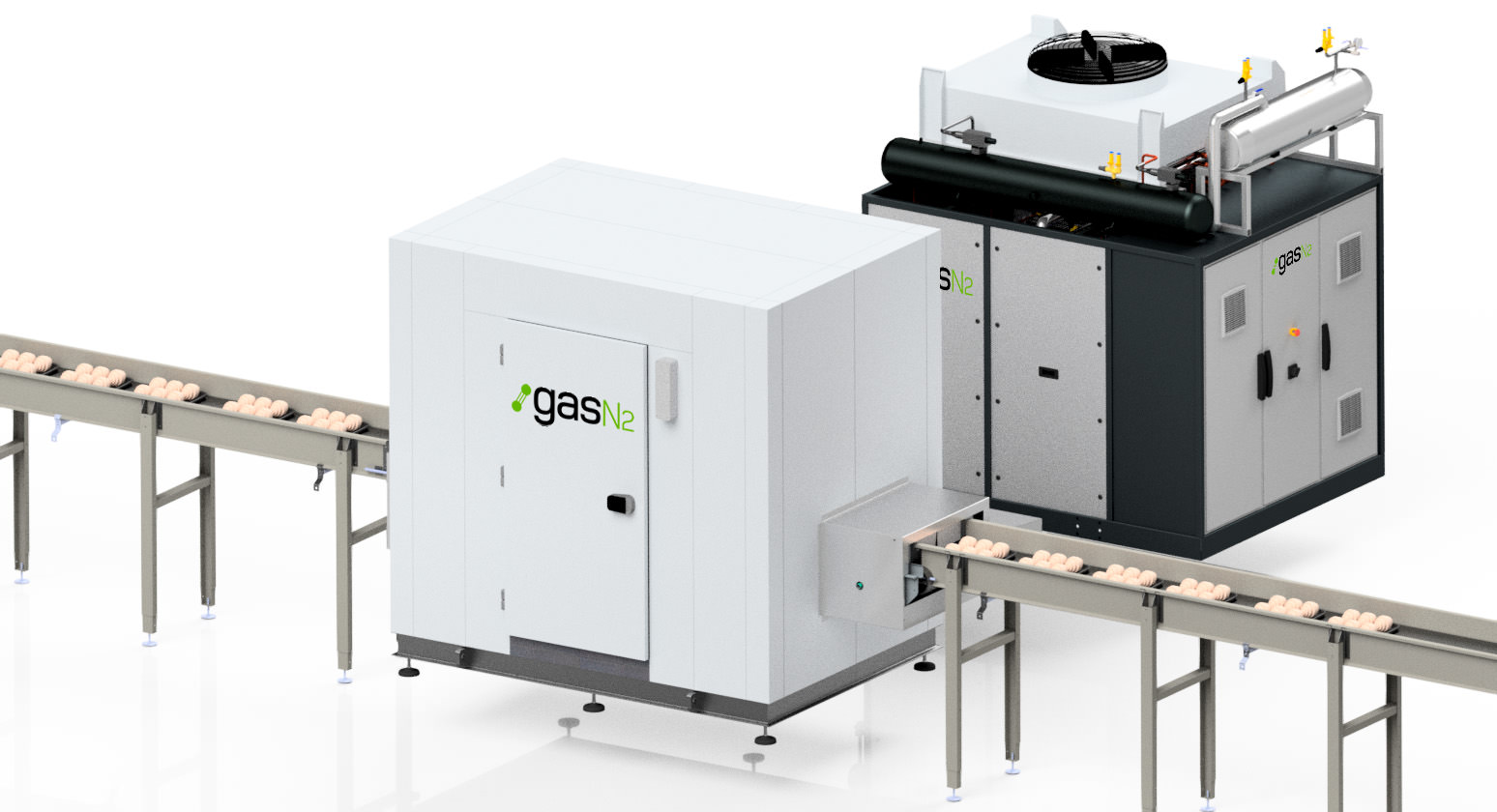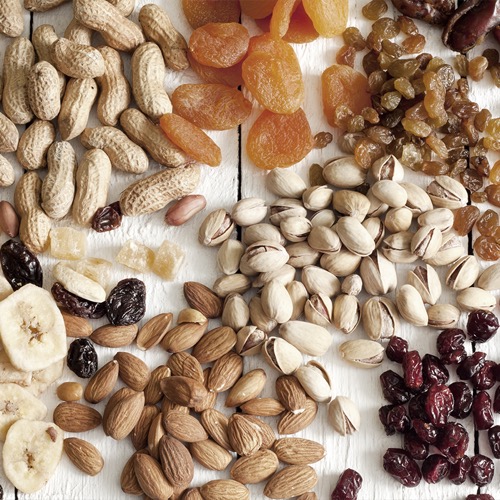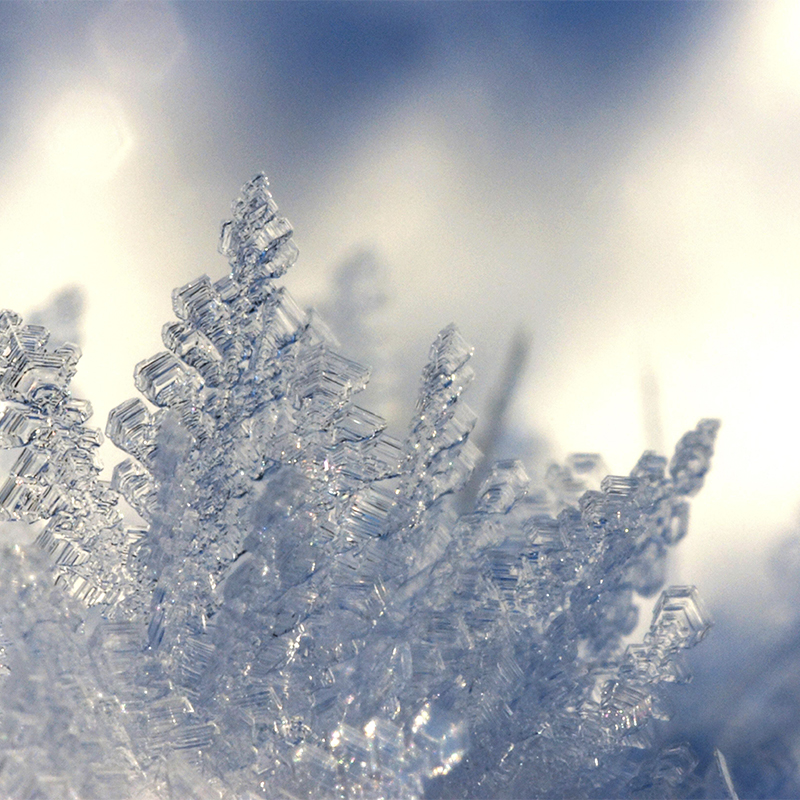Ultrafreezing
Our deep-freezing tunnels work at temperatures as low as -70ºC
Description
The deep-freezing plants are based on a direct expansion refrigeration system with semi-hermetic compressors, with a secondary fluid exchange for distribution in the chambers or dynamic tunnels. The plants can be air condensed with V-shaped condensers or water condensed.
The distribution of the plant can be compact with an integrated electrical panel and condenser or they can be remotely installed.
All units are designed for outdoor operation. The working power range is from 15 kW to 150 kW of cooling with an evaporating temperature down to -85 °C.
- Static freezing tunnels: the product remains static during the freezing process.
- Dynamic freezing tunnels: the product moves by means of a belt through the installation.
Features of the deep-freezing unit
- Minimum gas load
- Natural refrigerant
- Low GWP – ODP=0
- Minimal maintenance
- Leak detector and safety systems for the refrigeration plant
- Control and management of room and chamber temperatures
- Electronic control
- First compressor control with frequency converter
- EC Capacitor
- High energy efficiency
- GasN2 integrated control system
- Exclusive platform for each Client
- Remote control of operation
- Optional predictive control
- Optional heat recovery system
- Optional built-in pumping system
- Optional acoustic encapsulation
Benefits of the production process
- Reduction of freezing time
Benefits for the frozen product
- Product organoleptic properties are maintained
- No tissue rupture
- No weight loss
- No change in product color
At GasN2 we always analyze the needs of our customers and adapt our facilities to these requirements.

Sectors
Applications
Characteristics






